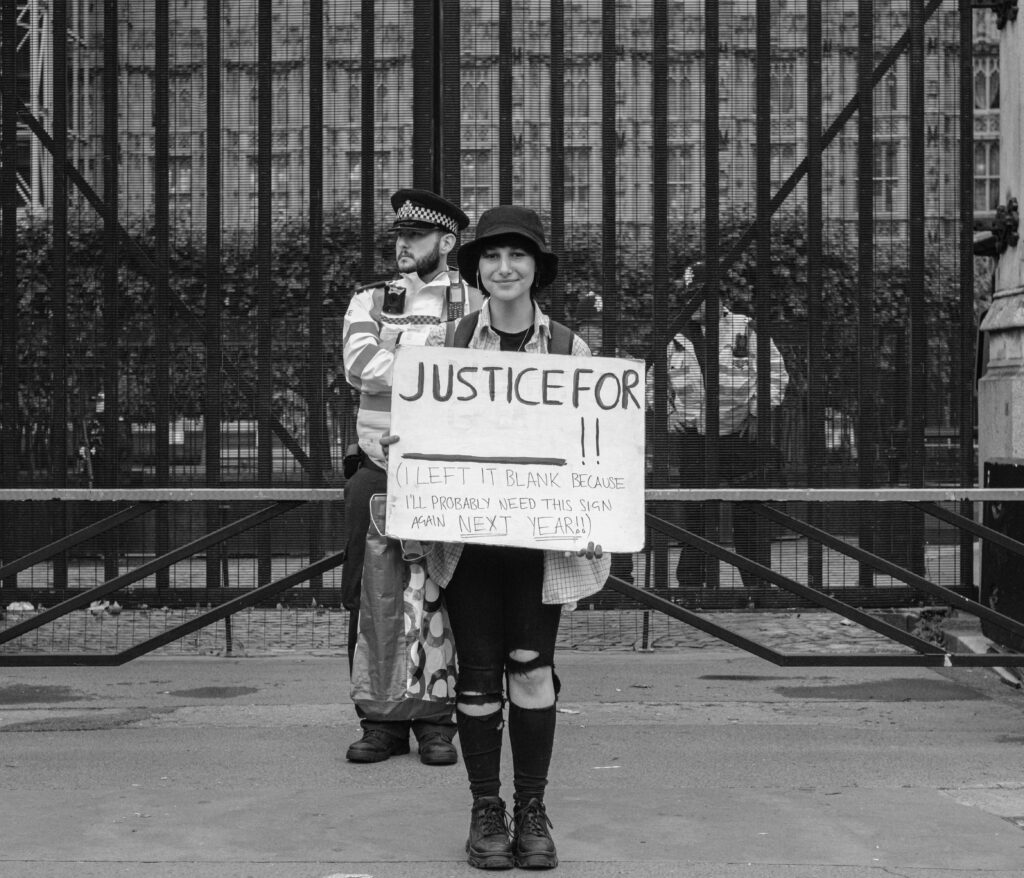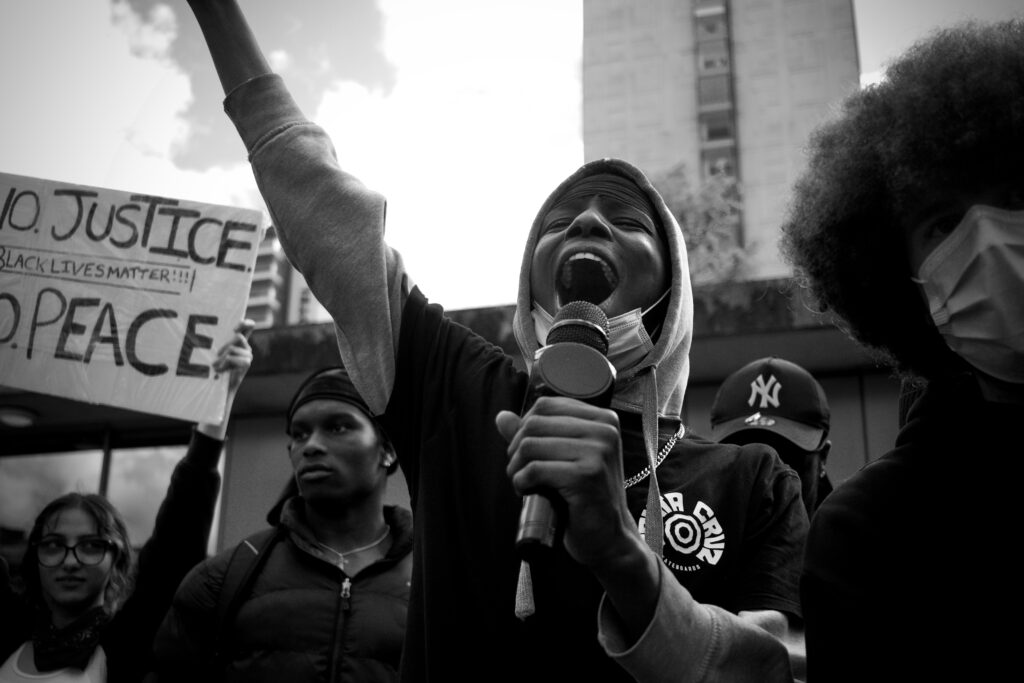
Prejudice, unfortunately, isn’t a stranger in today’s society.
We, as humans, instinctively categorize individuals into distinct collectives. Grouping things together is how we make sense of the world. It’s a long-standing trait of ours, helping us to stay safe, prosper, and look after ourselves and those we care about.
After all, if our tribe was attacked by a spear-wielding group wearing tribal masks, we’d easily assume anyone carrying a spear and wearing a mask was dangerous.
However, in today’s hyper-connected world, things are very different and a whole lot more diverse. People come in various ways, and the people we see daily on the internet are very different from those we see in real life.
Subsequently, we make unwarranted assumptions about people every single day.
The problem is that these assumptions breed harmful impacts on how we interact with others, fostering a climate of exclusion and injustice, especially targeting those that already exist on the periphery.
Let’s dive into the labyrinth that is the psychology of prejudice in this guide. We’ll start at the roots of prejudice, building our understanding of the most prevalent biases – then we’ll broach the needed actions for cultivating inclusivity and equality.
Basically, everything you need to know about opening your minds and hearts to others and seeing people in your life for who they actually are – free from your preconceptions.

The seed of prejudice is often sown early in life as we begin to establish our identities within the societal structure. Several fundamental human tendencies that psychologists have identified play a role in the development and persistence of prejudice:
We’re hard-wired to categorize.
The brain is an expert at automatically sorting a barrage of information into neat, manageable clusters.
While this cognitive process is indispensable in helping us navigate the complexity of life, it can also lead us into the pitfall of overgeneralizing social groups and assuming behaviors based on the group we bucket people into.
Humans have a natural affinity to the groups they identify with, fostering a sense of belonging and loyalty to those groups. This ingrained ‘ingroup bias‘ is the soil in which the seed of ‘us and them’ thinking germinates, casting members of other groups as “the other” while placing those we identify with on a pedestal.
Our subconscious biases are molded by the societal norms and cultural values we’re ingrained in. We tend to create a cocoon of homogeneity around us, rarely encountering people who aren’t part of our ‘ingroup,’ leading to a prejudiced outlook towards groups we encounter.
Our brains frequently depend on mental shortcuts, enabling us to snap-judge situations or people. However, reliance on these shortcuts can grab hold of stereotypes, resulting in overgeneralizations and pumping life into our prejudices.
Regrettably, we all possess unconscious biases, predetermined associations our brains create about societal groups. Let’s bring some much-needed attention to these ubiquitous unconscious biases:

Biases can appear from so many different areas of our lives. It may be from our parents and families and how we see them treat others while growing up. It could come from school and spending time around certain peers.
It may be from the movies we watch or the books we read.
Wherever the biases come from doesn’t tend to matter. It’s certainly good to be aware of it and work on undoing its effect, but what’s more important is noticing the biases you bring to your everyday life and working on letting them go.
These biases to be aware of include:
Biases, often deeply ingrained prejudices, shape human understanding in expressive ways. They can be unconscious, influencing behavior without specific knowledge, or conscious, based on particular stereotypes related to race, gender, religion, and age, among other demographic variables.
Instead of enhancing judgments based on merit, biases distort perception, leading to severe implications.
Biases infiltrate the social realms in subtle yet detrimental ways. They induce misunderstandings and create a platform where individuals or groups are marginalized. From exclusion in social events to casual offensive language use, the biased influence gradually fosters alienation.
In the professional field, biases can result in systemic discrimination, affecting equitable hiring practices and promotion opportunities. Deserving candidates often face derailment, not because of a lack of competence but rather due to demographic stereotypes.
Housing is another area where biases can cause significant disparity. Prejudices often limit housing opportunities for specific demographics, making it challenging for them to rent or purchase homes.
In healthcare, biased opinions can lead to inequity in service delivery. Specific demographic groups might receive sub-par medical care or encounter obstructions when accessing resources, treatments, or preventative measures.
Educational institutions are not immune to biases either. They can act as barriers, obstructing access to quality education for particular student groups, thereby inhibiting their academic growth and attainable success.
Indeed, biases foster disparities, casting adverse shadows across the socio-cultural landscape. The path to remedying these deep-seated prejudices begins with a genuine understanding and conscious admission of their existence, followed by active steps to embrace equality and promote inclusivity at every level of human interaction.

While our brains are innately designed to arrange things into categories, we can forge ahead toward equality by raising our awareness, broadening our horizons, and advocating for equitable practices.
Proactively challenging stereotypes, prejudiced assumptions, and discrimination is the first step toward combating prejudice. Address or report discrimination whenever you witness it.
Make a point to engage with people from varied backgrounds than your own. Such exposure is a useful tool against prejudice.
Supporting diversity, equity, and inclusion shouldn’t be mere buzzwords but incorporated into our everyday actions. Advocate for companies and policies that uphold these values and set an example of inclusive language and behaviors for others, especially the younger generation.
You can also help to create community networks within your area. Whether this is through volunteering, attending events, or even setting up social networks through library community apps like Go Hard Cover that allows you to share your favorite books with the diversity of people around you.
This is how you connect with others and start to break down the barriers that keep humans apart.
Use your power of speech and enact your democratic right to vote to elect leaders genuinely committed to the welfare of minority groups and the marginalized.
Prejudice may sprout from intrinsic human tendencies to segregate and favor our factions. Still, we can rise against these ingrained biases by consciously upholding equality, tolerance, and inclusivity.
Expanding our viewpoints, questioning our presumptions, and standing up for marginalized groups takes us one step closer to realizing a society where equality isn’t an aspiration but a reality.
Keen to share your thoughts on the psychological motors driving prejudice?
Do you have other effective strategies to reduce bias and discrimination? We would love to hear your take in the comments section!